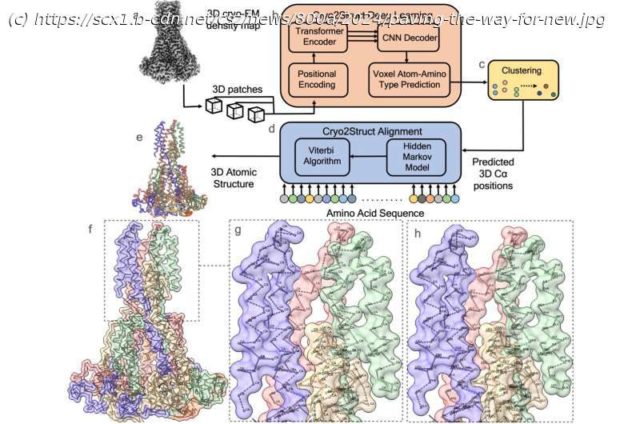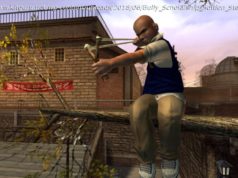A University of Missouri researcher has created a computer program that can unravel the mysteries of how proteins work together—giving scientists valuable insights to better prevent, diagnose and treat cancer and other diseases.
A University of Missouri researcher has created a computer program that can unravel the mysteries of how proteins work together—giving scientists valuable insights to better prevent, diagnose and treat cancer and other diseases.
Jianlin „Jack“ Cheng from Mizzou’s College of Engineering and his student, Nabin Giri, have developed a tool called Cryo2Struct that uses artificial intelligence (AI) to build the three-dimensional atomic structure of large protein complexes, work recently published in Nature Communications. The model uses data from pictures of frozen molecules captured by powerful microscopes, or cryo-electron microscopy (cryo-EM) images.
„Cryo-EM right now is a revolutionary, key technology for determining large protein structures and assemblies in cells“, said Cheng, a Curators‘ Distinguished Professor of Electrical Engineering and Computer Science.
„But building protein structures from Cryo-EM data is labor intensive and requires a lot of human intervention, making it time-consuming and hard to reproduce. Our technique is fully automated and generates more accurate structures than existing methods.






